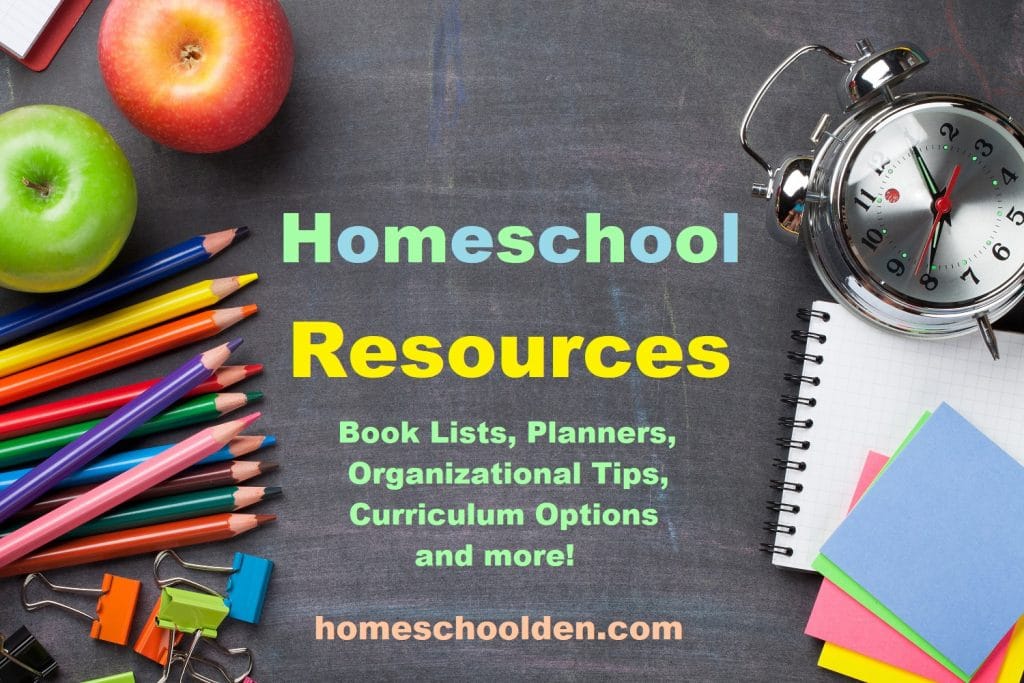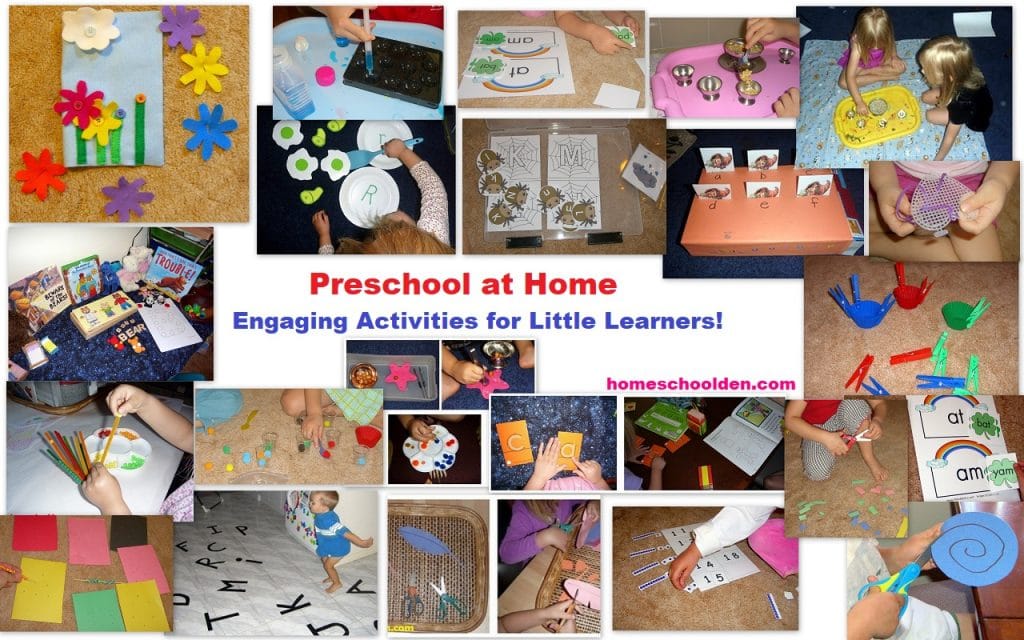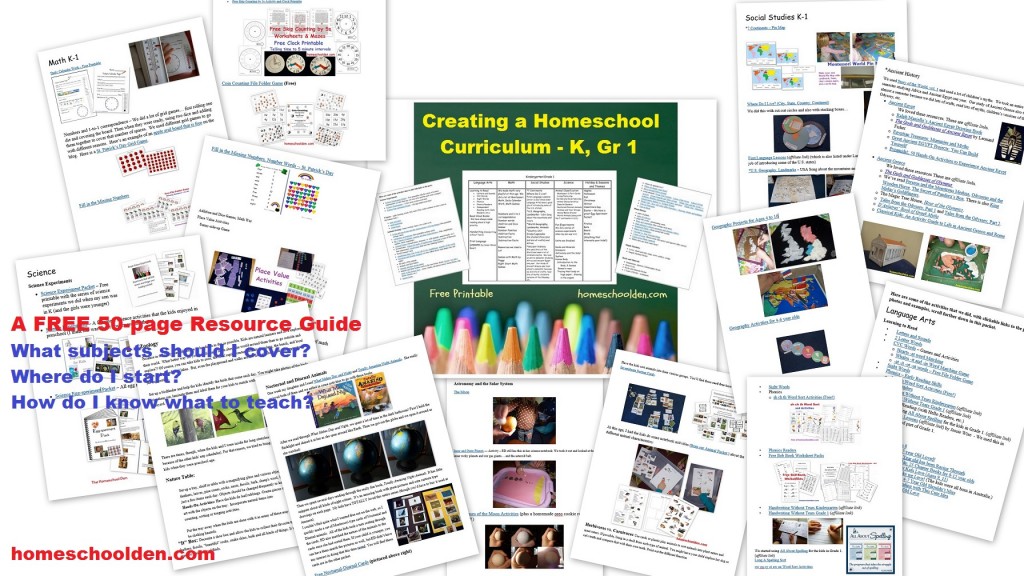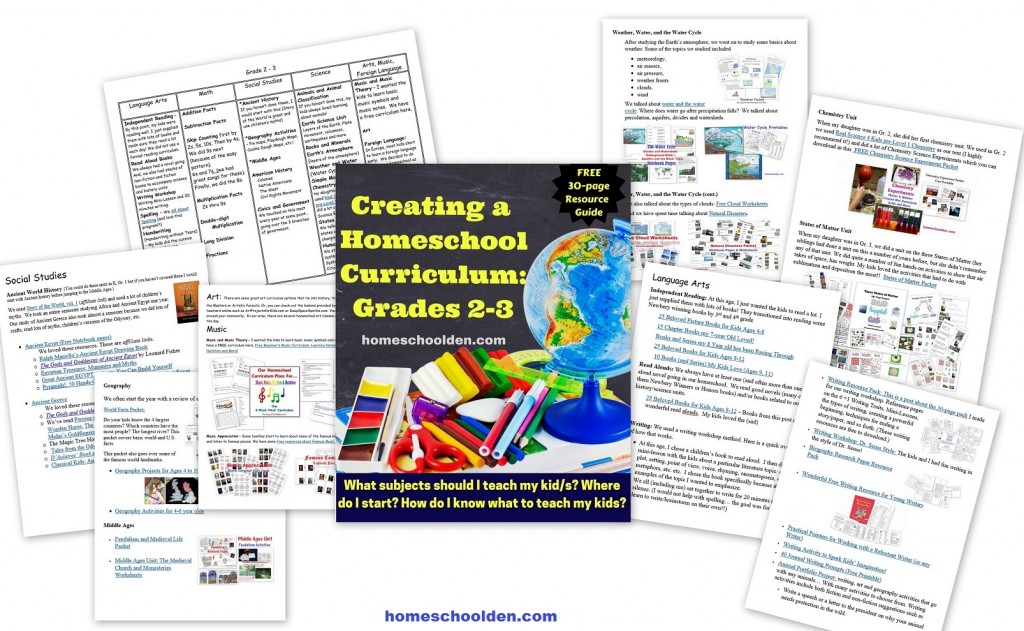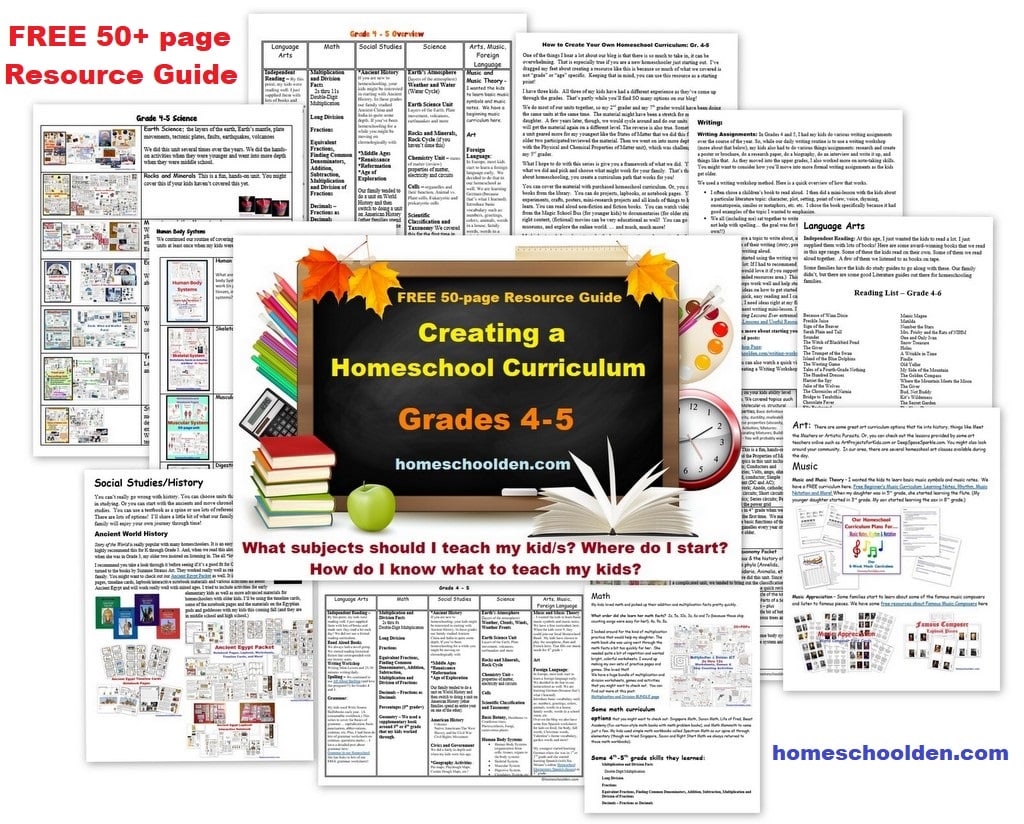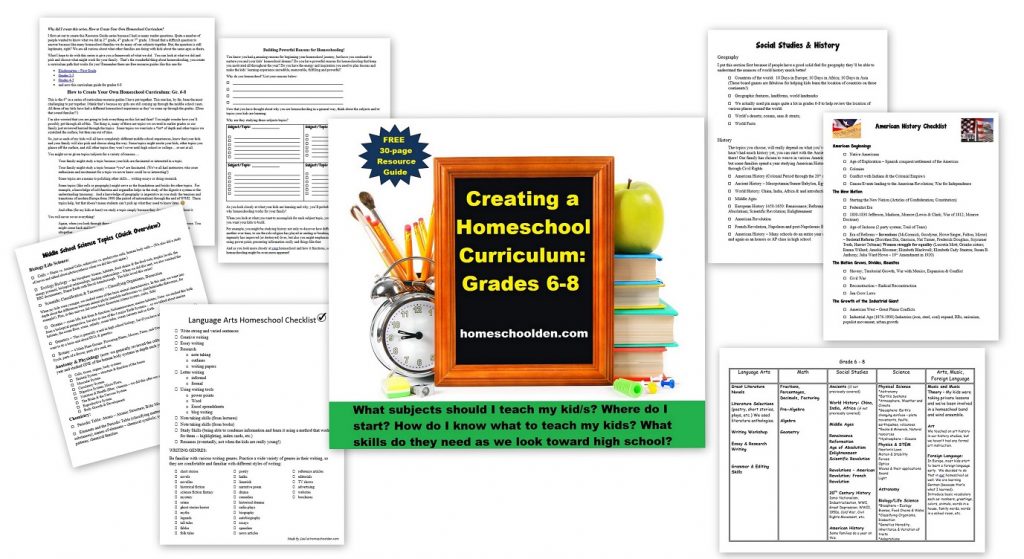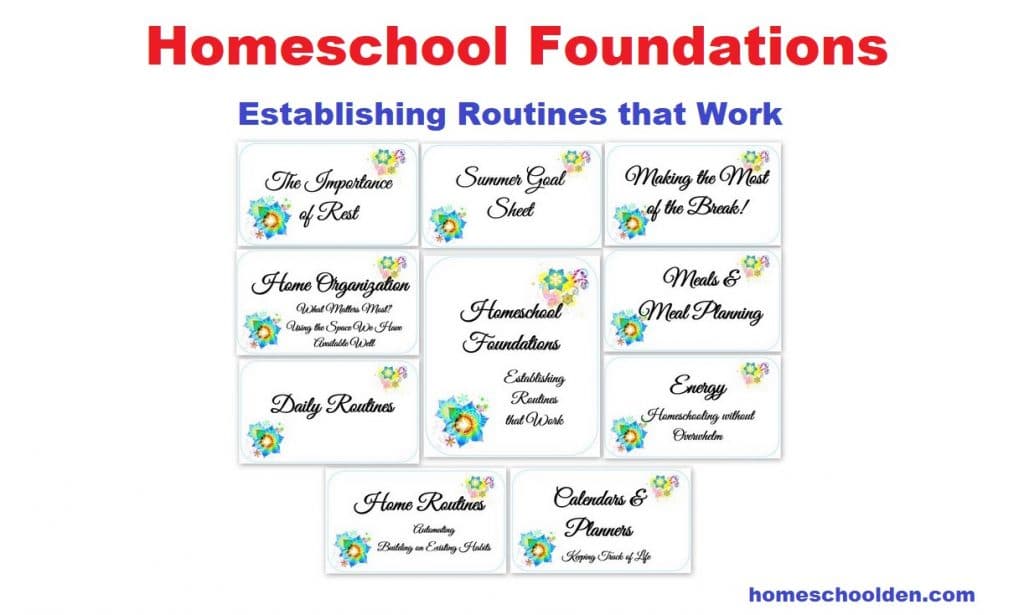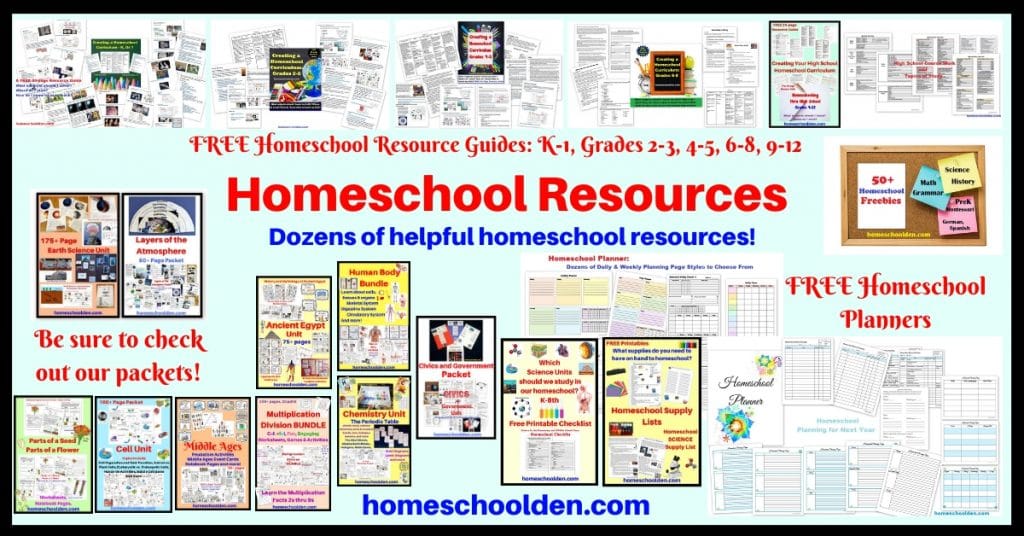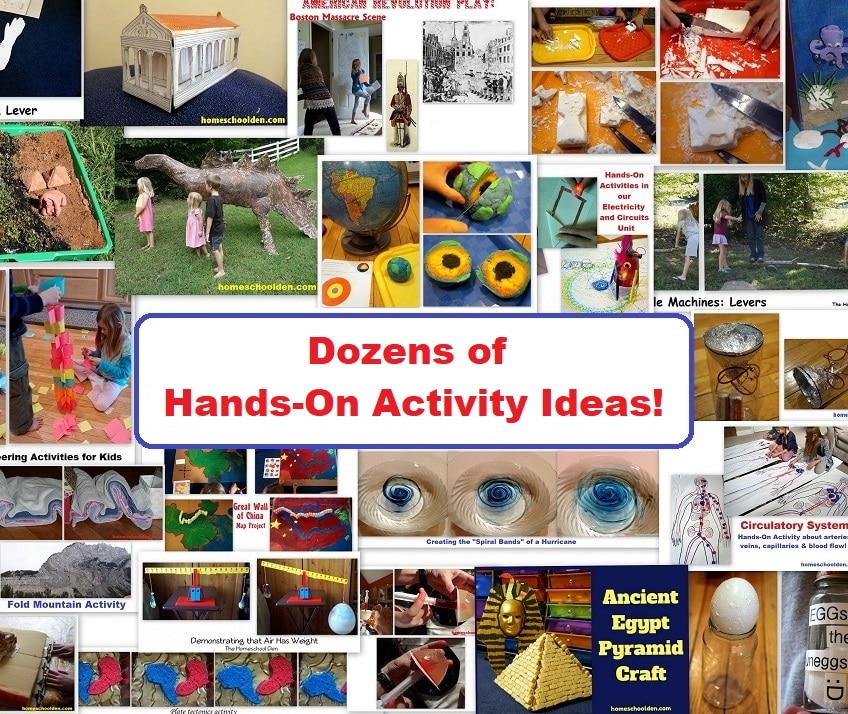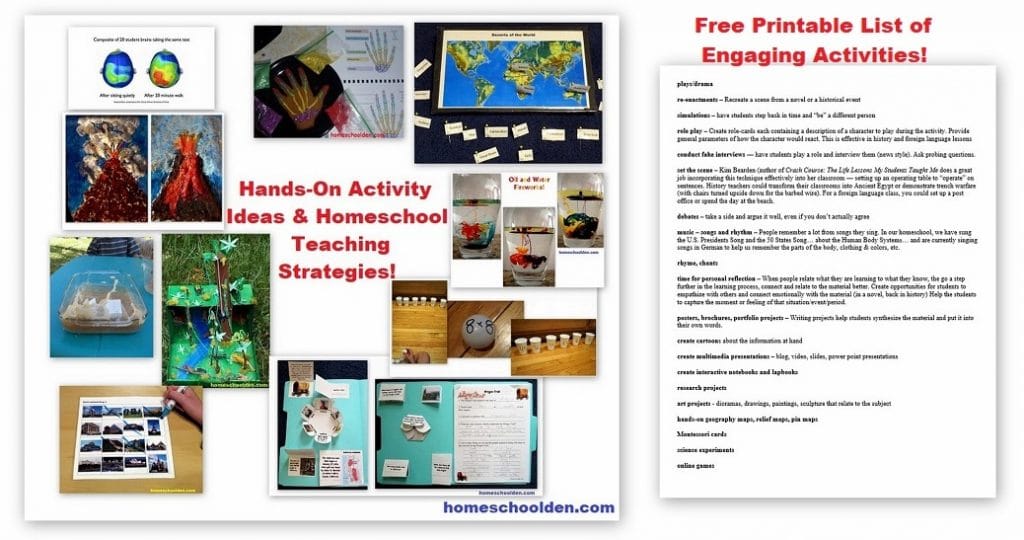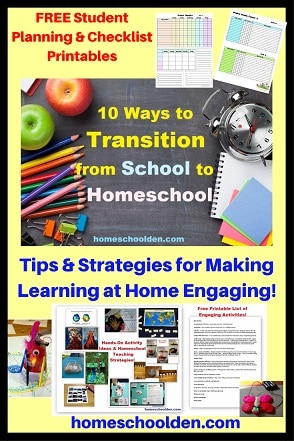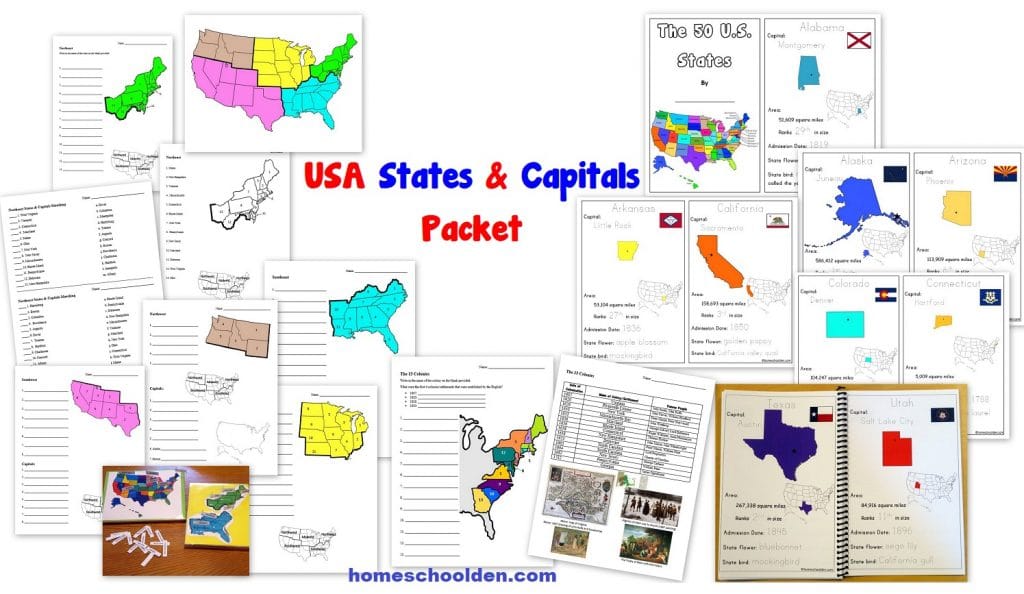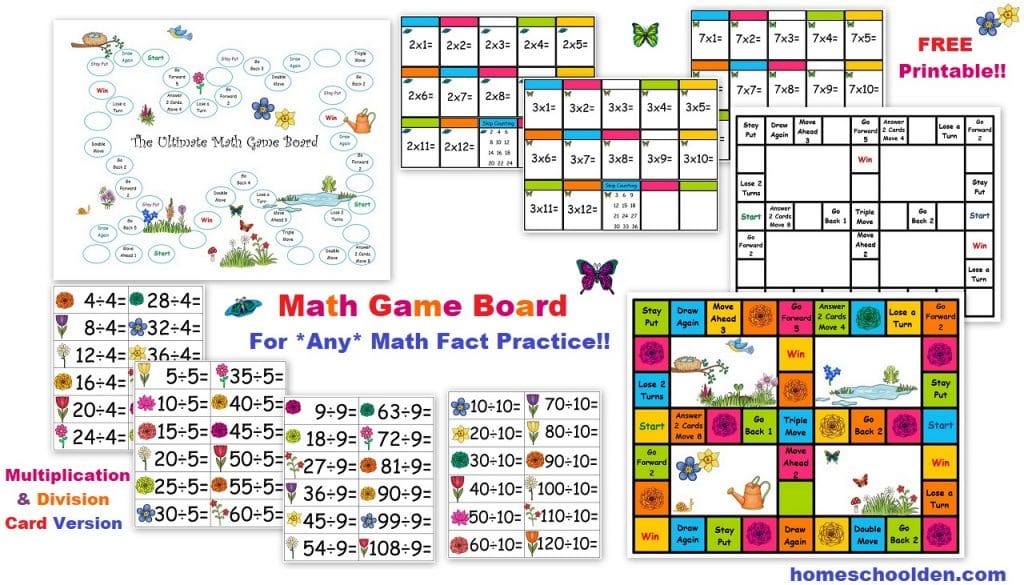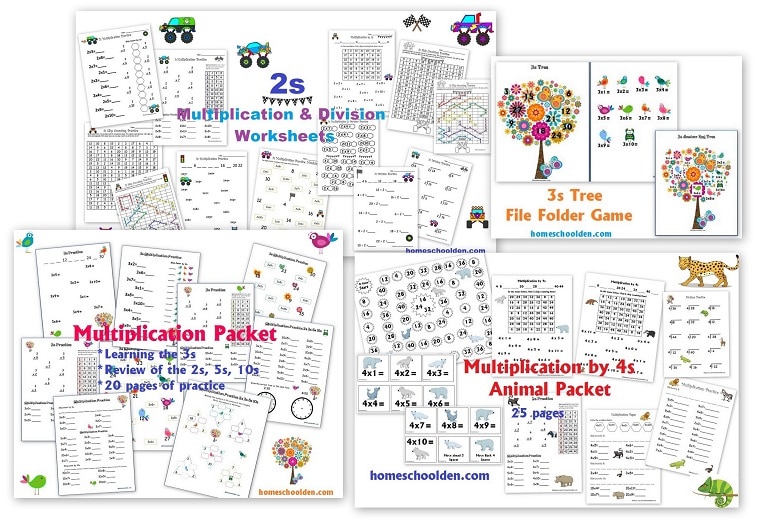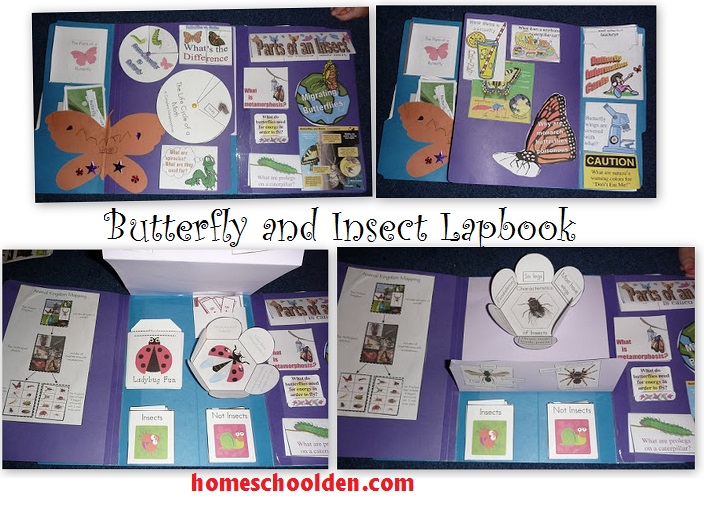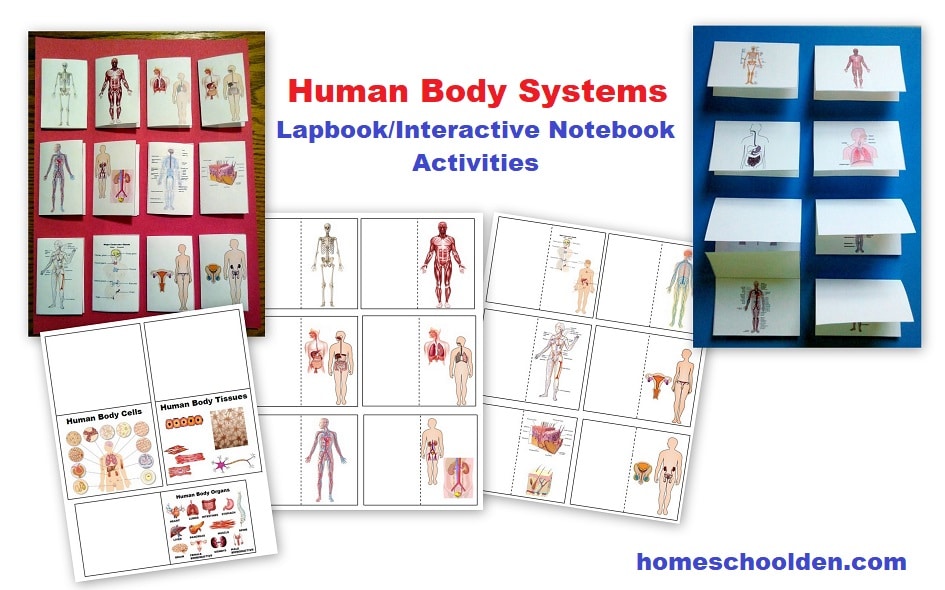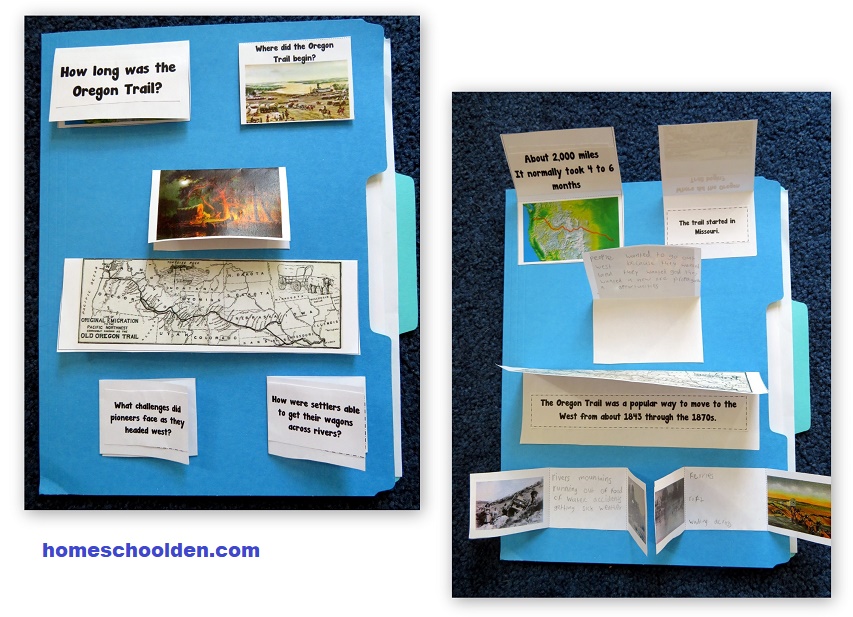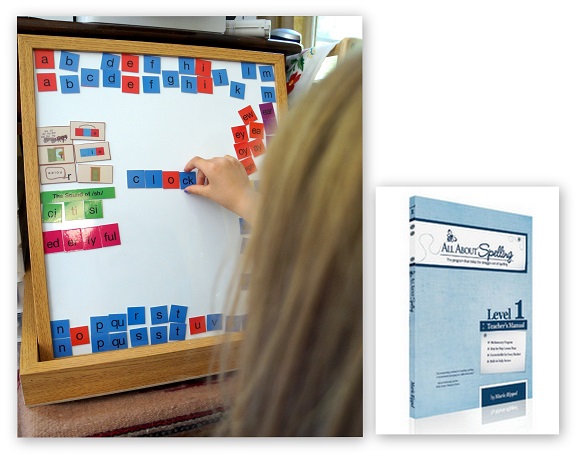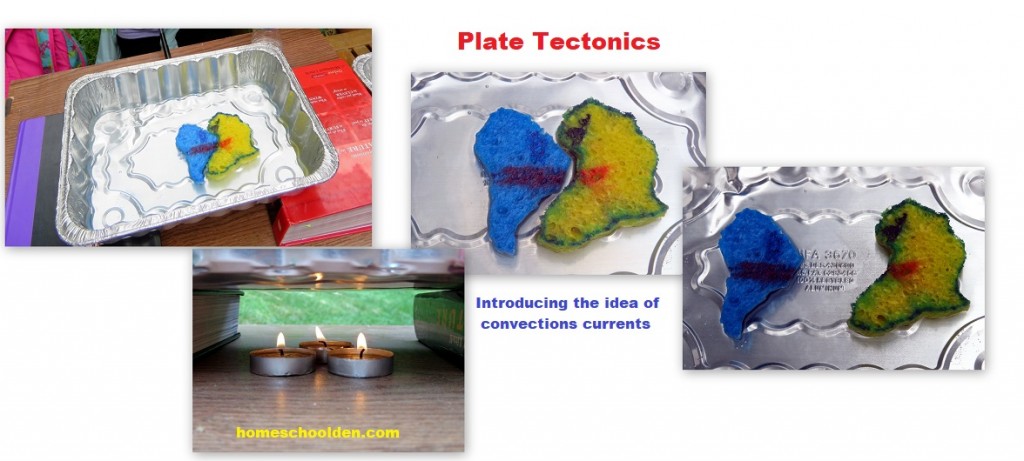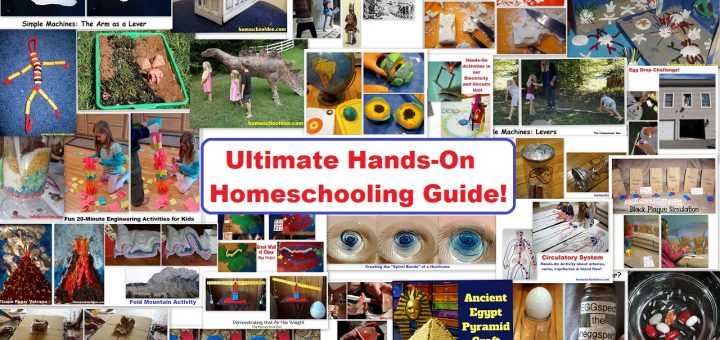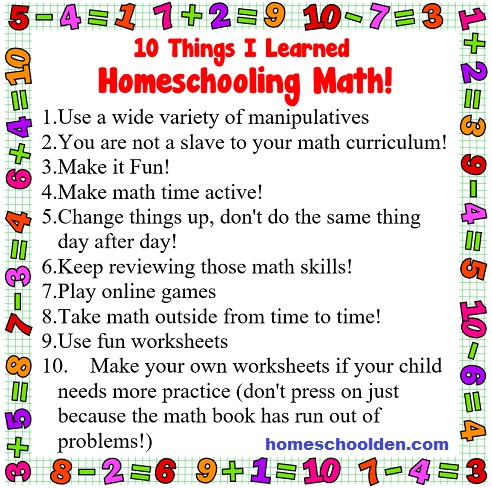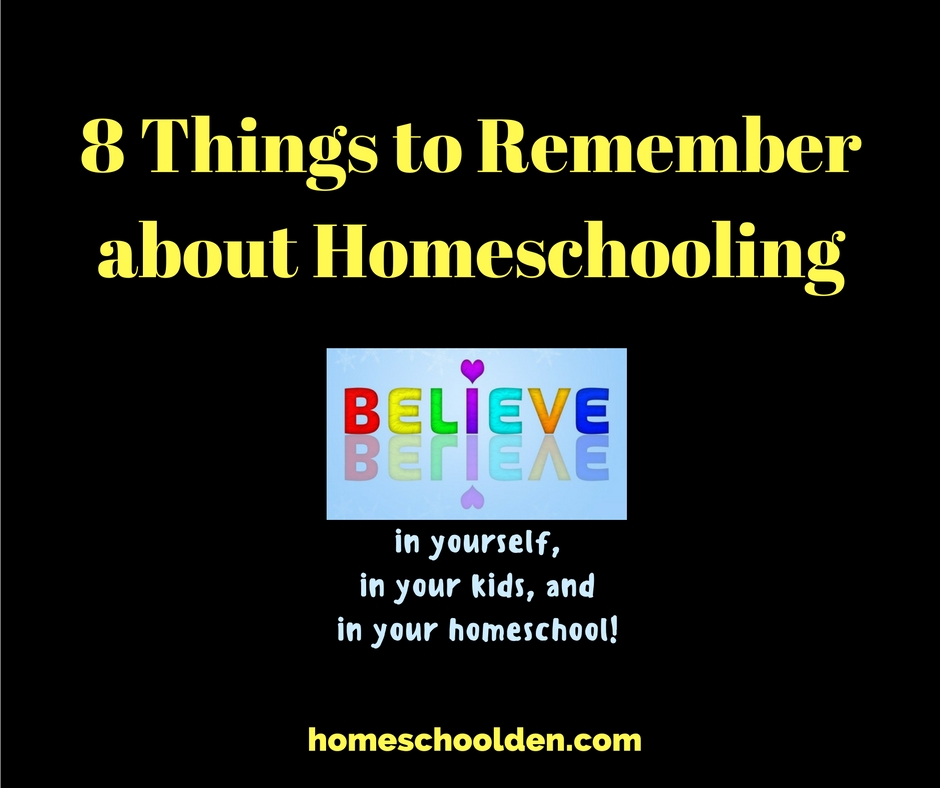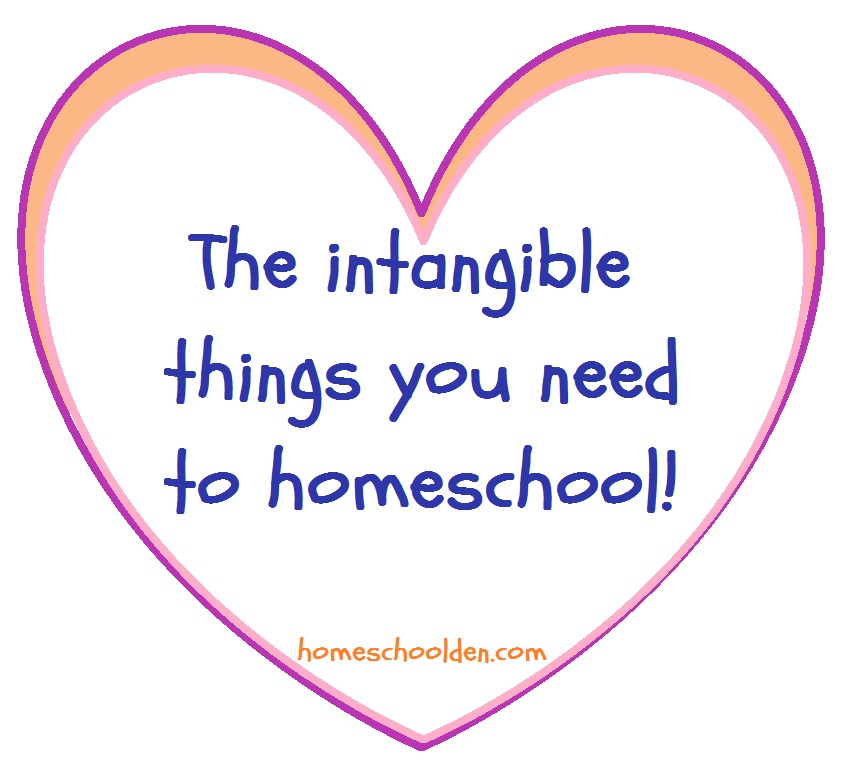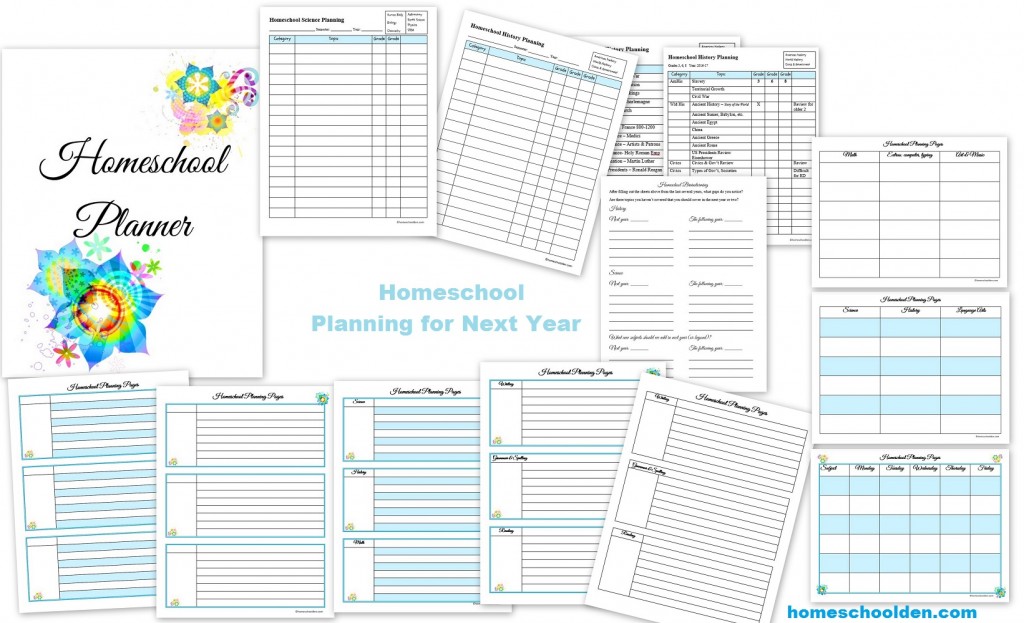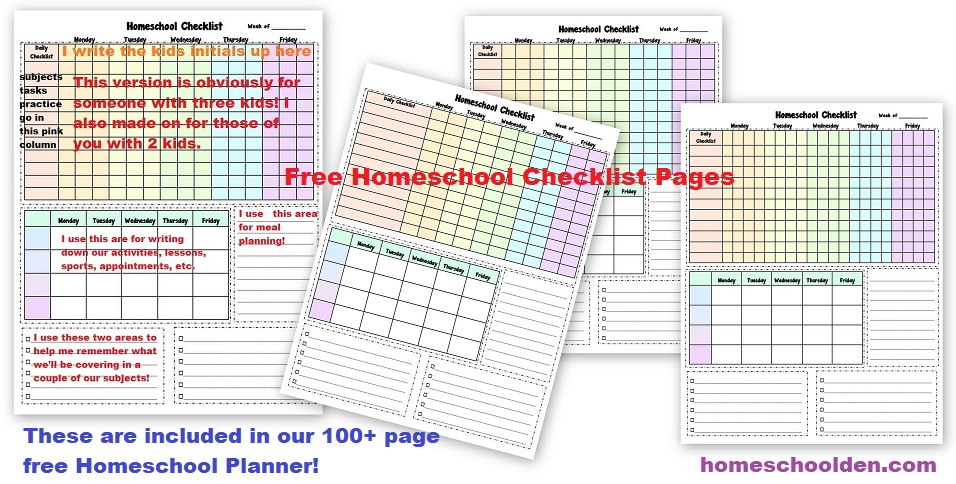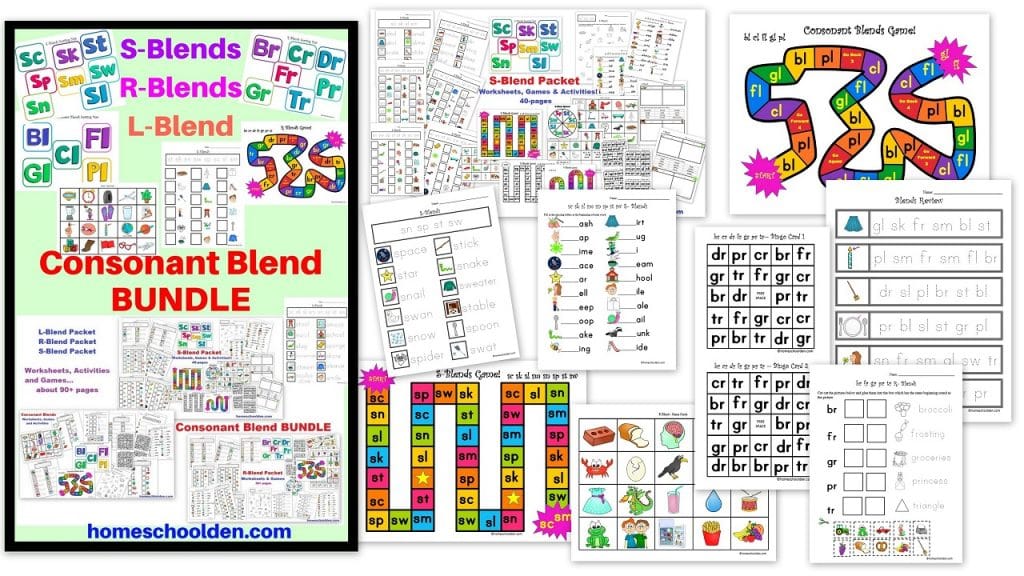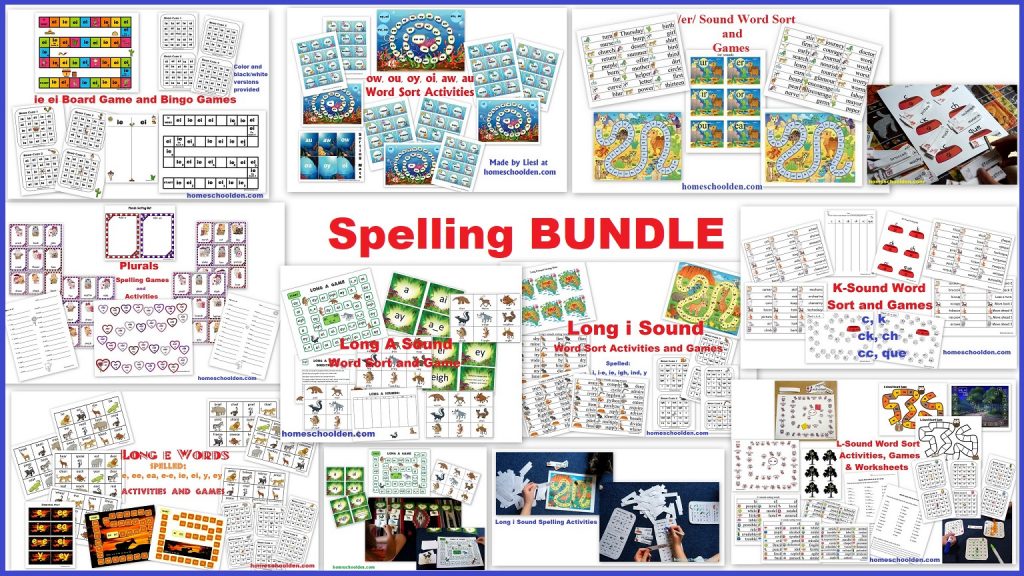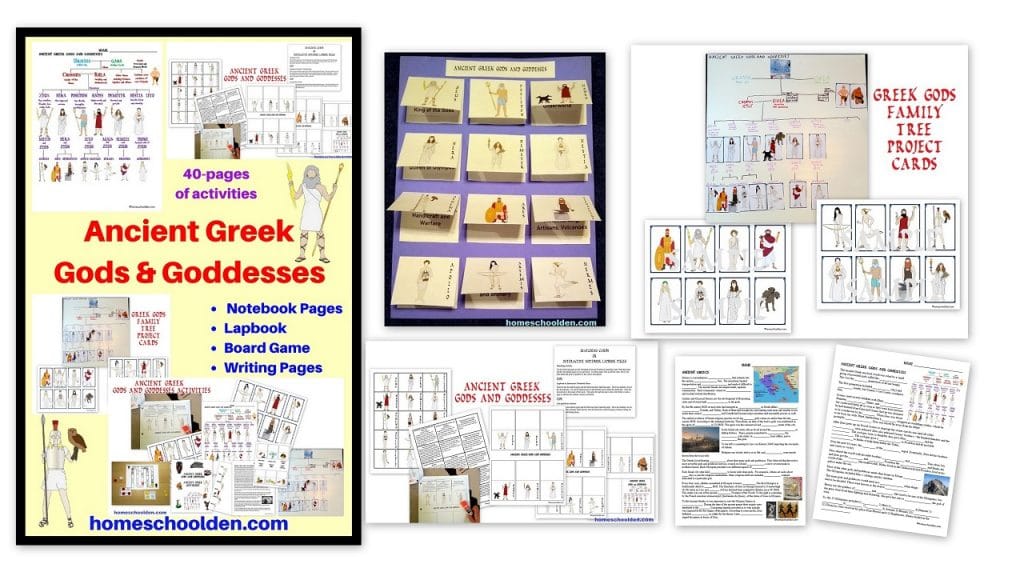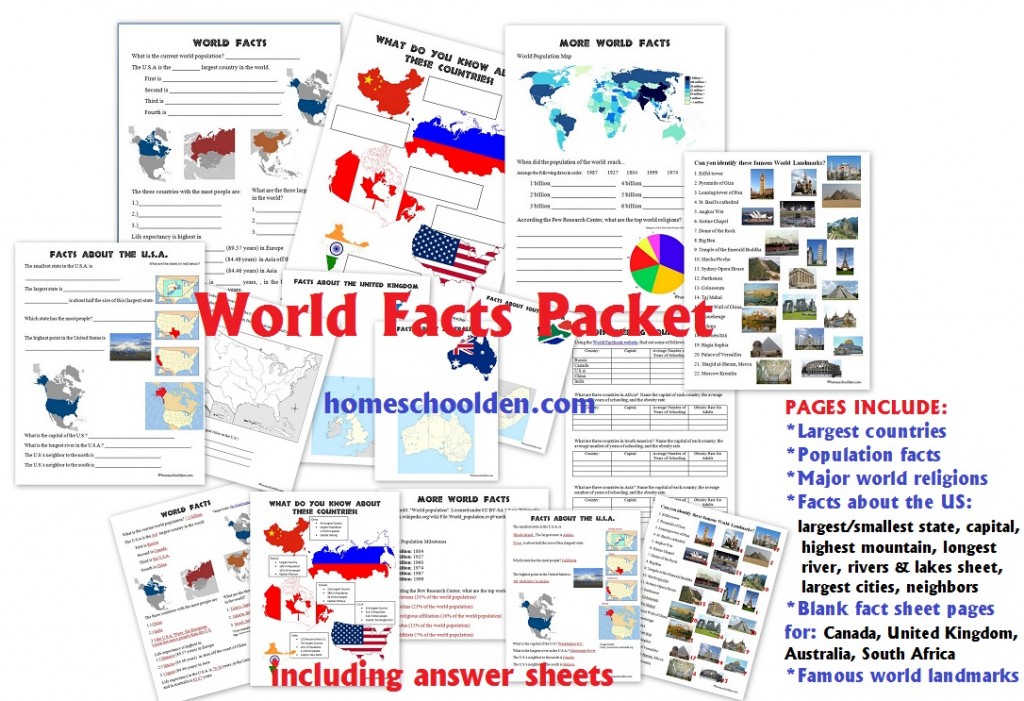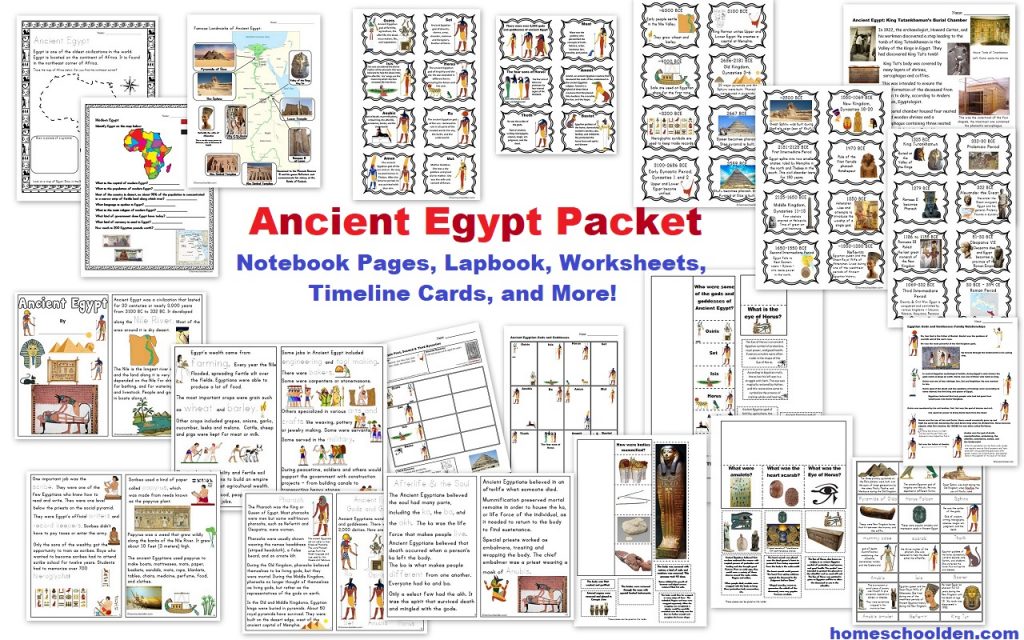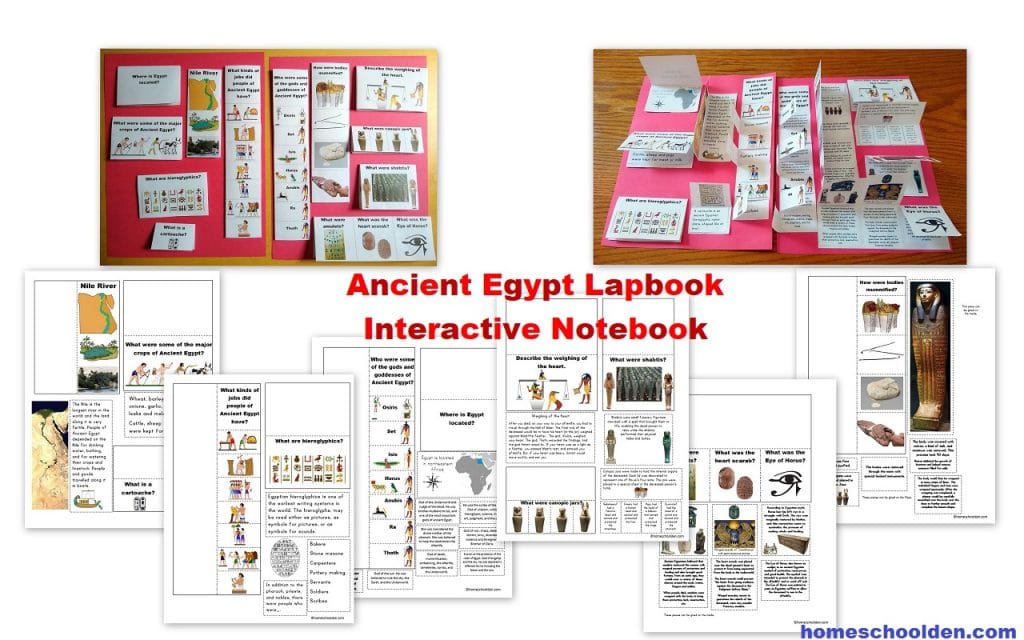Starting to Homeschool
Tips for How to Start Homeschooling!
I field a LOT of email from readers looking for advice on how to start homeschooling. I wanted to give some tips and pointers from someone who has been homeschooling for a very long time! 🙂 We have been homeschooling right from the start and my kids decided to continue homeschooling right through high school!
Are you starting to homeschool or need fresh inspiration? Here are tips on how to start homeschooling, homeschool teaching strategies, units you could cover and more!
Remember that every family’s homeschool journey will look different. You can be as formal or as informal as you want to be. You can start a curriculum, decide it doesn’t work for your kid/s and move on to something different. You can do lots of outside co-ops, classes or activities or you can do none. You can include online classes and in-person teachers or not! You can spend a LOT of money or you can find amazing materials for very little money.
I’ll try to offer some practical starting points below, but first let me say that you can do this!
For one thing, you know your kids better than anyone else.
Homeschooling does not have to look like traditional schooling:
If you are working, you can homeschool around your working hours. My Sis homeschooled her three kids all the way through (K to 12). She is a professor and worked full-time (while homeschooling). When her kids were around 2, 4 and 6 her husband deployed overseas for a year. A few years later he deployed again. It was not easy, believe me, but with the help of friends and child-care, she made it work. They homeschooled in the evenings and on the weekends. They took advantage of learning opportunities outdoors and in life. In the end, all three of her kids made it through those times (and the time where they lost everything when a flood destroyed their house, but that’s another story…). The point is, this can be TOUGH, but your kids are resilient and they WILL learn. In fact, with your help, they’ll thrive!
So, to sum all of that up… you can homeschool in the margins of life. You do not have to homeschool from 8am to 3pm!
If you are properly, legally homeschooling (by that I mean you turn in a Notice of Intent to Homeschool and/or took the legal steps required by your state) you have a lot of flexibility. You can use a traditional curriculum, covering most subjects or, you can follow the kids’ interests. You can follow what your public school is doing or you can create your own curriculum path. You create unit studies or you can have your kids take online classes. You can join co-ops or work things out with other families (maybe… if you feel comfortable, that is!) to tackle different subjects.
You actually can do a lot more hands-on activities in the homeschool setting… everything from using math manipulatives to doing science experiments, playing games, using sorting cards, and learning outdoors! You can really liven things up… in a way that is challenging in a classroom full of 25-30 kids!
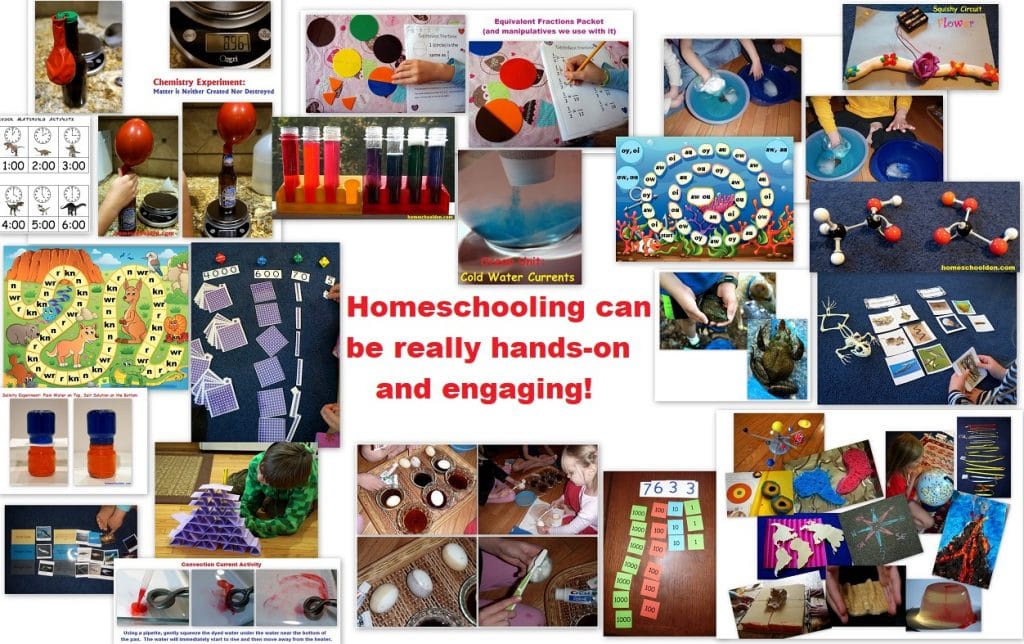
Get advice and help from other homeschoolers. It is so important to have a community of people who know what you are doing and what you are going through. There are lots of homeschool groups (in person and online!) and people like me are happy to answer emails! 🙂 If you choose to homeschool, this is a huge responsibility and it can be stressful and/or overwhelming. There are SO many choices and so many paths you could follow. We all worry and want to make sure our kids are moving ahead academically. Take a deep breath. You’ll figure this out!
There are lots of wonderful learning possibilities! Learning can be hands-on, fun, magical… and with planning and hard work, you can make this a great opportunity!! Just check out this page full of hands-on learning activities our family has done over the years! Maybe it will inspire you!
If there were one unit that I would start with being bran new to all this… it would be an Earth Science Unit. It is SO hands-on and you can go as shallow (with lots of hands-on activities) or as deep as you want! It’s a great unit to do with a mixed-age homeschool family. We did this unit when the kids were in PreK and early elementary, again a few years later and once again when the kids were in 4th 7th and 9th grades! It’s just a fun place to start!
So let’s dive a little deeper into starting to homeschool!
This post is both for first-time homeschoolers who are wondering where to start and for veterans who are looking for some inspiring teaching strategies to get the kids completely engaged day-to-day!
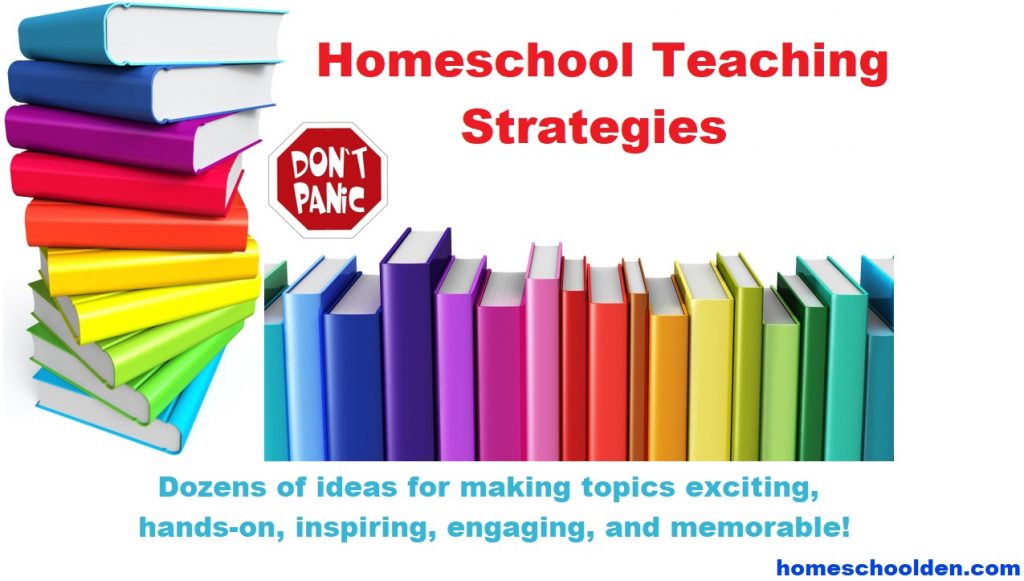
If you know what you’re teaching this year… then scroll down to see the huge list of homeschool teaching strategies. (Just so you know, there’s a free printable list of homeschool teaching strategies and more pictures here.) We’re always looking for new ideas for our homeschools, right?!
With the new school year right around the corner, new parents might still be struggling to figure out what to do the first day/week/month of homeschooling.
The wonderful and scary thing about homeschooling is that you must create your own path and determine how and when to cover different topics and subjects. I’ve been asked this question so many times, I wound up creating a number of resources to show you what our family’s journey has looked like. Your family’s homeschool journey will look completely different because you’ll go into more depth in some places, skip over some topics, and take advantage of opportunities and field trips that our family would drool over!!
Our Family Homeschool Style: Just as a quick aside… our family homeschools because we *love* creative, hands-on activities and also because we love learning. We love delving deep into subjects… I really want the kids to have a strong academic background by the time they finish their homeschool journey (yet I don’t want them to have lost the passion for learning). My kids are now in middle school and high school. We’re been homeschooling right from the start. 🙂

If you have little learners, you might want to visit this Preschool Page (with hundreds of activity ideas for ages 3-6):
We are eclectic (in that we use many, many different resources from homeschool curriculum to textbooks, our own notebook pages to teacher-produced materials, documentaries, films and lots and lots of books! These days we even use some private teachers for music and foreign language lessons and university classes through Coursera.)
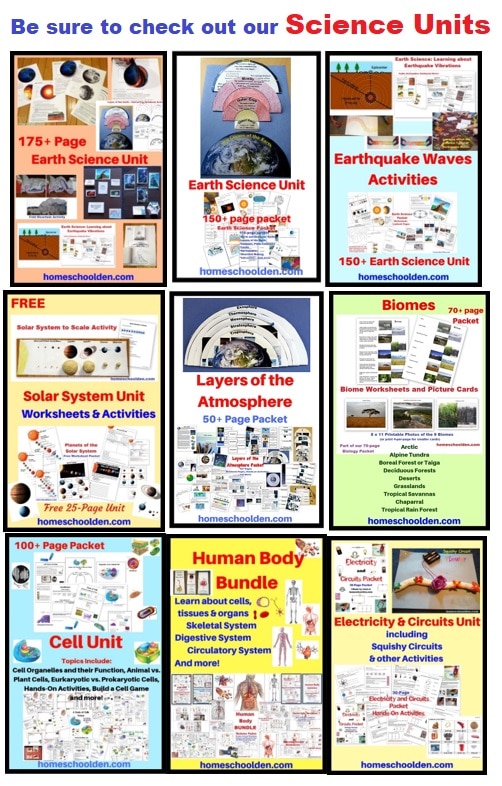
If you are overwhelmed and don’t know where to start or what to teach this year you can check out these free homeschool resource guides. They might give you some ideas of where to start for each of the major subjects (math, reading/writing, science, history, music, etc.).
So, what are the steps for deciding what to cover in your homeschool?
- Get an overview of what units/topics you can cover. For example, I put together this free checklists of science topics/unit I want to cover from K-8. Similarly, I have a (free) checklist for history and one for language arts/grammar. I talk about math & language arts down below.
- Talk to the kids about what they have covered (if they were in school) and what they are interested in learning.
- Decide on the subjects/topics/units you want to cover.
- Purchase a curriculum or create your own unit studies by borrowing books from the library. It’ll depend on your strengths & weakness, time and interest.
- Start planning out your first unit!
- Dive in and start learning (right along with your kids!)
Sometimes it really helps to see what other homeschool families are doing/have done. I get a lot of questions like, “I’m new to homeschooling and I don’t know where to start. What should I teach my X grader?” I created these FREE Homeschool Resource Guides to give you a starting point on what subjects, topics and unit you could teach your kids. 🙂
These are free downloadable pdfs. I hope they are helpful. ~Liesl
Creating Your Own Homeschool Curriculum: These are some resources I made that might be helpful as you create your own homeschool plans. They include some of the units, topics & homeschool curriculums we used along the way.
These are somewhere between 30 and 50 pages and are FREE to download.
- Creating a Homeschool Curriculum: Kindergarten – Grade 1 (free 30-page pdf)
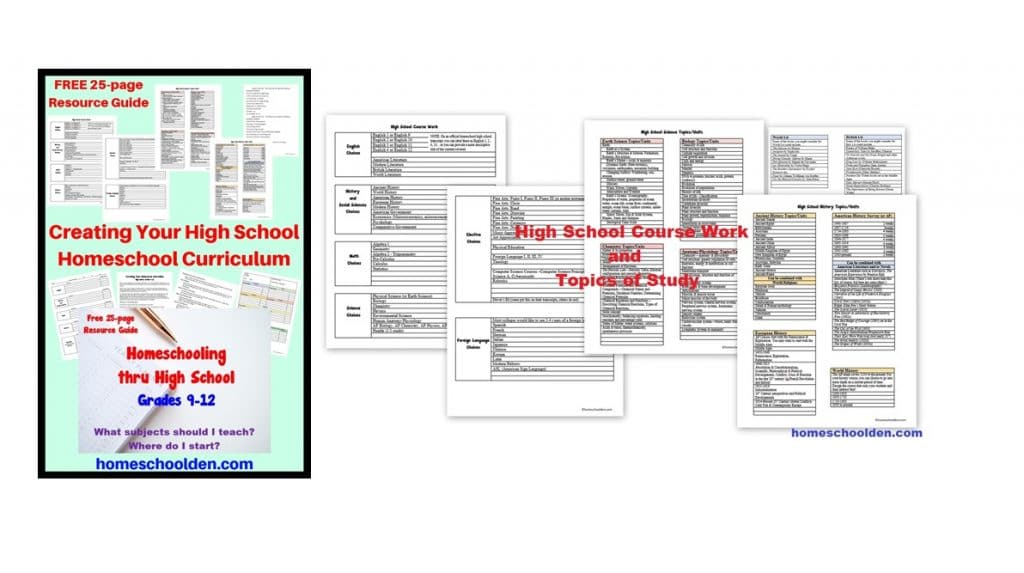
Sign up to receive the 5-Day Homeschool Email Series with tips on homeschooling, keeping motivated, finding various resources and freebies tucked away on the blog and more! Plus, you’ll be the first to hear about new packets (generally offered at a discount when they are first released), seasonal resources and more! You will get notifications when new packets have been released and helpful hints through the year.
This Homeschool Resource post might also come in handy if you are new to our blog and/or new to homeschooling. It talks about some of the Homeschool Curriculums we have used. The section at the bottom has a list of dozens of our Homeschool Freebies (which are not listed in our store).
These two posts may inspire you with hands-on activity ideas that engage and motivate your kids!
- this post that shares dozens of hands-on activity ideas or this similar post with a Free printable list of Hands-on Ideas and Homeschool Teaching Strategies. I also talk about this a bit more below (keep scrolling!)
You might also enjoy this post: 10 Ways to Transition from School to Homeschool This has useful homeschool teaching strategies both for those new to homeschooling and veteran homeschoolers alike!
What we hope to cover K-8 (in science, history, language arts)
I have a general vision of what I want to cover from K – 8 in history, science and language arts. I’ve jotted down some of the topics/units that I hope to cover. You can glance over/print out our list here (but of course you may want to add to this!)
Homeschool Science Unit Checklist for Elementary and Middle School (free printable) These were the science units and topics I hoped to cover from Kindergarten through Middle School (ages 5-13 or so)
And, if you want to check out some of the science units we have done in our homeschool you can check out our Science Page.
If you have younger kids and are covering zoology & basic animal classification with them, you might want to check out the Big Animal Bundle (which includes units such as the Animal Unit, World Animals, Rainforest Unit, Life Cycles Unit, Winter (Polar Animals) & Hibernation Unit plus mini-units on cicadas, chameleons & wolves). If you have older kids (upper elementary/middle school) then you might want to check out our Biology Bundle. We also have an Earth Science Bundle, Chemistry Bundle and Human Body Systems Bundle and Spelling Bundle). These units are also in Our Store.


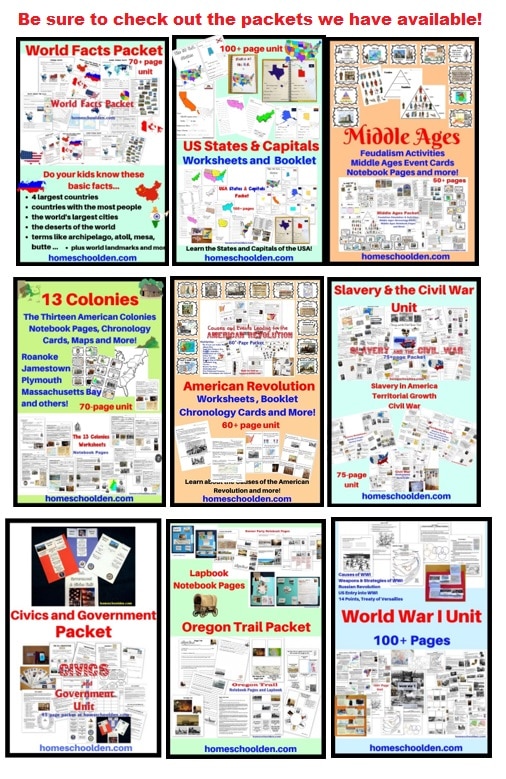
Some of our popular packets include the
World Facts Packet We often did this at the beginning of the school year or a new semester to review basic facts like: What are the largest countries? Which countries have the largest populations? What are the biggest cities in the world? What is the longest river? What is tallest mountain? We also reviewed some of the basic geographic feature terms such as bay, gulf, sound, atoll, channel, strait, cape, mesa, butte and so forth.
Ancient Egypt Packet (as well as our Ancient Greek Gods and Goddesses Packet and our Ancient China materials)
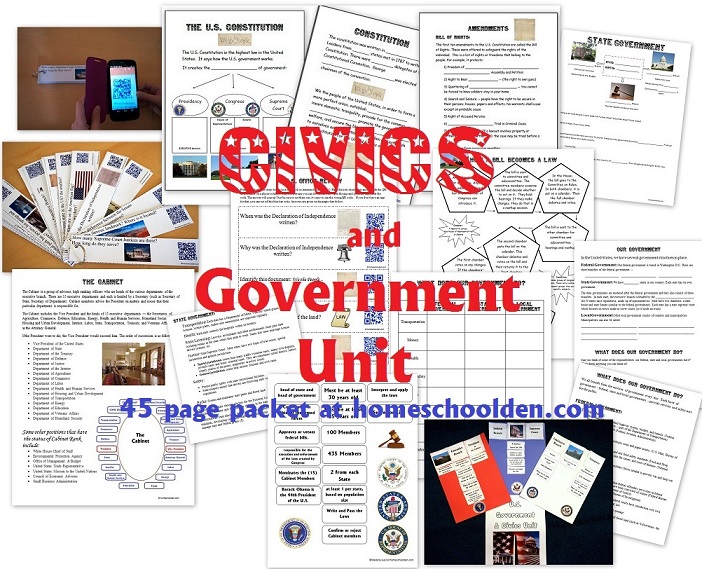
World War I Packet (as well as our World War II and Cold War Packets)
Language Arts:
This Language Arts Homeschool Checklist (free printable) has a list of the kinds of literature elements (plots, setting, character, similes, onomatopoeia, etc.) and grammar topics you might cover in the coming year/s.
You might want to check out this post about what we used for our homeschool Language Arts, Spelling and Grammar Curriculum. We also have dozens of free grammar worksheets from comma rules to their/they’re/there its/it’s worksheets; quotation marks, apostrophes, contractions and many more!! Check out this Language Arts Resource Page.
Teaching Kids to Read (Free pdf Resource Guide)
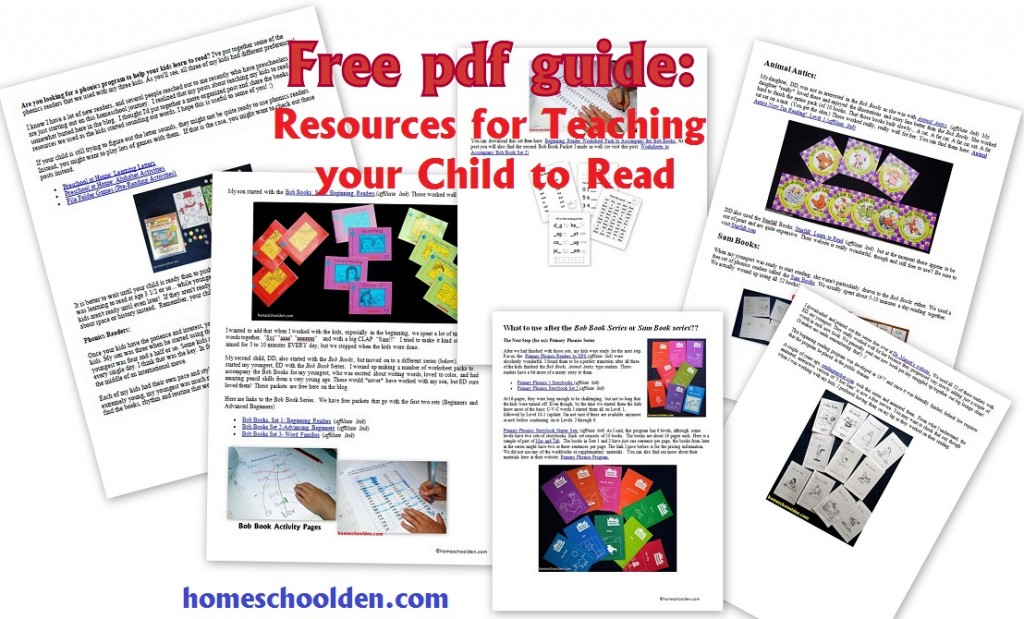
Math:
- Homeschool math curriculums – We’ve used a wide variety of math curriculums and traditional textbooks through the years. We tried things like Right Start Math, Singapore math, and Saxon Math. Plus, I’ve heard great things about Abeka Math and Teaching Textbooks too. We used the Spectrum Math Workbooks (jumping around and practicing a variety of problems) each year Grades 1 to 6. For example here is Spectrum Math Grade 1, Spectrum Math Grade 3 and here is Spectrum Math Grade 6. (affiliate links)
- All along the way, I made fun, colorful worksheets, games & math activities for the kids to supplement what they were covering in their math text. We played a lot of games.
Check out this free math game board for any math fact practice. There are versions for addition/subtraction (free!) or this free game for multiplication/division. Plus, one of the best values on the blog are our math bundles. The K-2 Math Bundle includes 20 pdfs for just $5.50. The K-2 Bundle includes worksheets, games and activities on addition, subtraction, shapes, place value, fractions, temperature, the daily calendar and more!
And the Multiplication/Division Bundle also includes 20+pdfs for $7.00. These includes lots of colorful worksheets, games, skip-counting mazes and more to help kids learn the 2s to 10s math facts! Click on the links to check those out: K-2 Math Bundle or the Multiplication – Division Bundle
- All 3 of my kids used this textbook for PreAlgebra (we bought it used).(affiliate links)And, currently we use Thinkwell for high school math (15% off through this link). My son has taken Geometry & Algebra 2 through Thinkwell and will be doing PreCalc. My daughter finished Geometry and is starting on Algebra 2 this year with Thinkwell (15% off through this link) (it includes video lessons and we always purchase their huge 2-inch thick practice book (which has the answers in the second half).
I know there are a lot of other math curriculum options out there, so you’ll need to hunt around to find a good match for your kid/s! 🙂
Next, let me talk about Homeschool Teaching Strategies!
Once you know what you’re going to teach, it’s time to think about how to make these topics exciting, hands-on, inspiring, engaging, and memorable! If you do lapbooks/interactive notebook pages with every unit, the kids are going to groan when you bring out the scissors and glue – again, right!! That’s no good!
As you plan out your lessons, you might consider some of these questions:
- What kinds of discovery activities can I use to take this lesson further?
- Is the activity meaningful?
- What does it add to the lesson?
- Is this activity age appropriate? Are the kids too young or too old for this activity?
In our homeschool, I try to shake things up. I’m sure you have your own personal repertoire of teaching methods and learning activities, but here is a list of activities you could consider:
board games (see this free Math Game Board for any math fact practice, for example!),
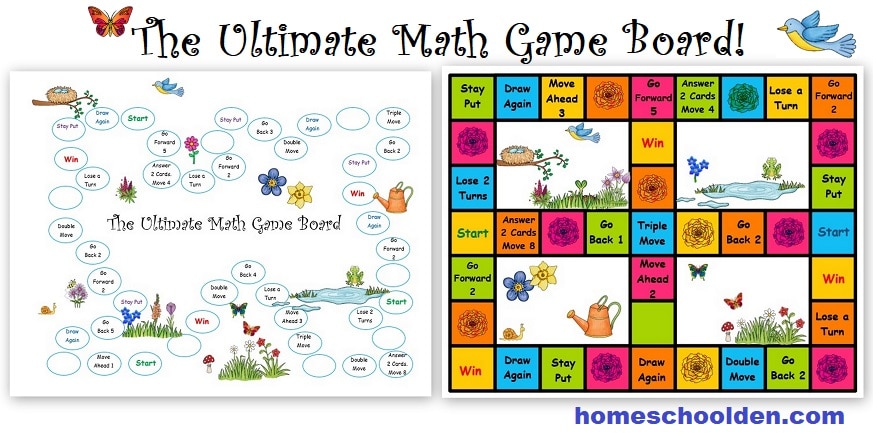
posters, power point presentations, coloring (I’ve had the kids color while read aloud!), brochures, role play (I think this will play a bigger part now that the kids are older… just to explore the many complicated sides of historical issues), arts and crafts (see our Great Wall of China or Egyptian Pyramid), raise animals (maybe you can raise a chicken? even if you can’t have a pet – you could raise mealworms or watch butterflies develop!), set the scene (can you transform a space into something different… a beach? a jungle? WWI trench warfare?), create cartoons, do activities outside in nature, include music & songs (my kids can all sing the 45 presidents because of this song – see the free printable here!), portfolio projects (see our Animal Portfolio projects that the girls did around the age of 9 or LD’s WWII portfolio project, hands-on geography (pin maps – learn to make your own pin maps here (video post), relief maps, cookie maps and more!),
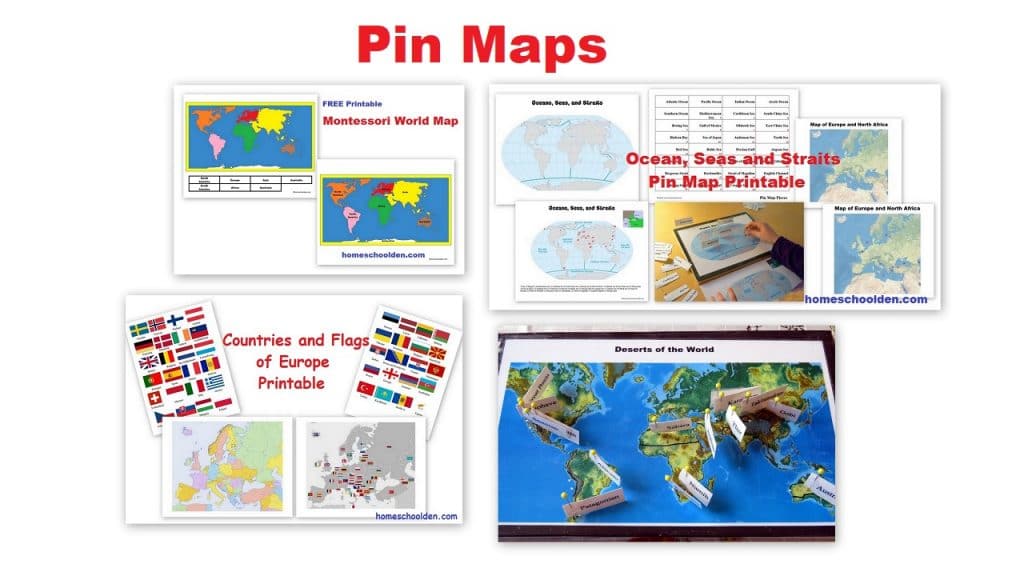
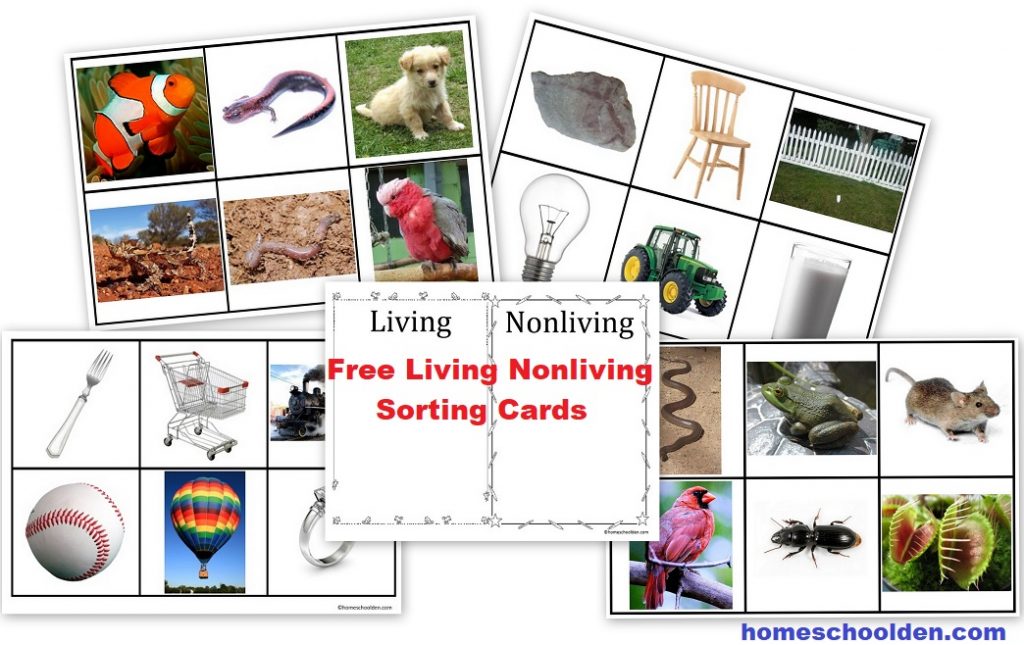

I created a lot of spelling review games too (see our Spelling Page to check out lots of our words sorts, games and activities), so they came to really enjoy spelling time (and would beg me to play “just one more round” of vowel-team spelling or Long A or /L/-sounds or /K/-sounds or /er/-sounds or whatever!
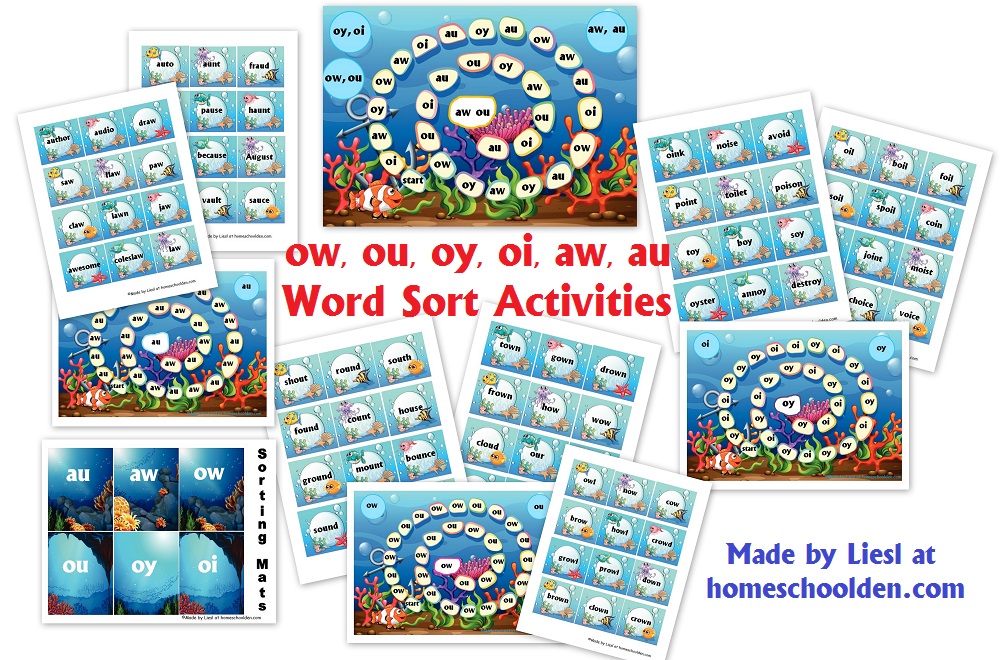

I’m sure there are a lot of things I’ve left off the list, but this is where we get to be creative and inspiring! We have the time to spend on all of the activities that make homeschooling come alive! 🙂 It’s the true joy and wonder of homeschooling!
This post has a wide range of different hands-on activity ideas and teaching strategies that might inspire you in your homeschooling! You can grab a free copy of the teaching strategies printable here:
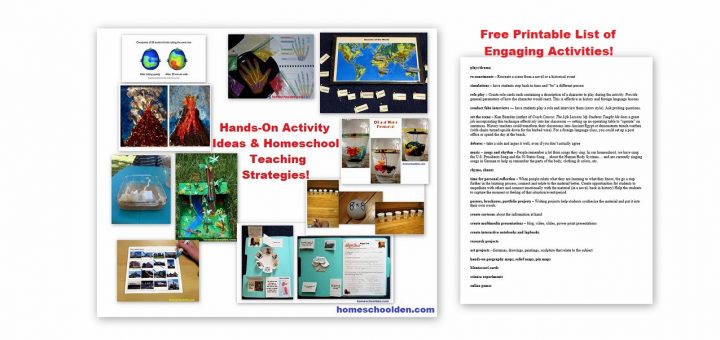
- Here’s another post with lots of Hands-On Activity Ideas Specifically about Geography
- You might also enjoy this post: 10 Things I’ve Learned about Homeschooling Math and 30 Math Activity Ideas
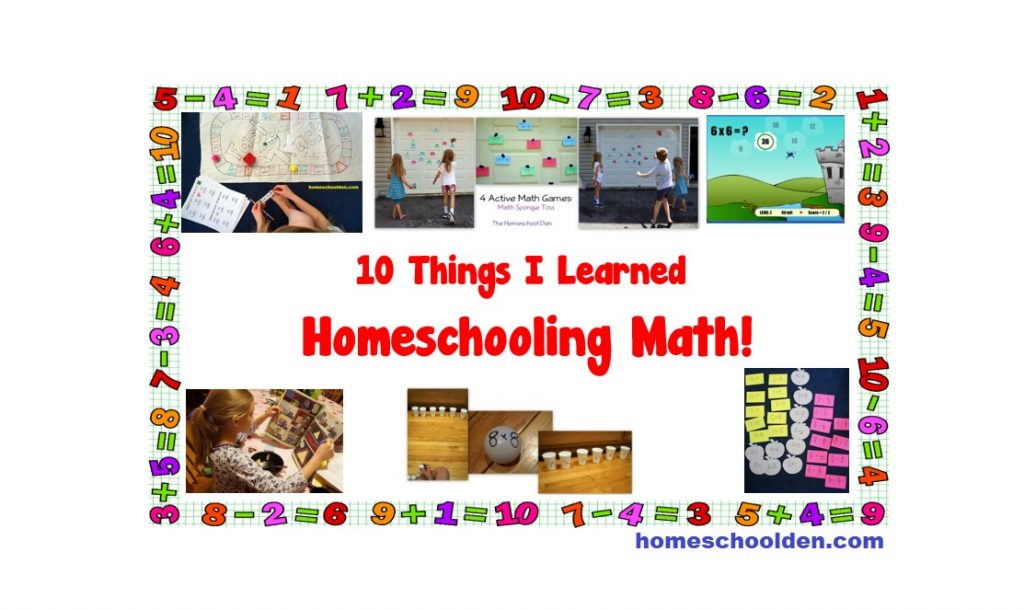

The last thing I’ll touch on briefly is Organizing Your Homeschool Day. I’ve written whole posts and book chapters on this, but I wanted to mention that we have a couple of free homeschool planners that might come in handy. One is for mapping out your homeschool journey… the subjects you’ll cover this year. The other is more for daily planning and mapping out your homeschool day.
Homeschool Vision Planner. This 30+-page pdf is currently FREE to download! Let me know if it’s helpful! ~Liesl
Free Homeschool Planning Pages
Free Homeschool Planner and Discovery Journal. I tend to change up my homeschool planning pages regularly as our needs change, so this packet of materials has steadily grown in size! There might be something you can use there! ? I’ve lost track, but I know it’s well over 100 pages at this point!
Here are some other posts that might be of interest:
- 5 Common Homeschool Mistakes to Avoid
- Homeschooling Multiple Ages from 8 on Down
- Challenging and Inspiring Your Homeschooled Kids
- Homeschool Thoughts: Spending Time Reviewing
- 10 Ways to Avoid Homeschool Burnout
- Organization: How We Keep On Top of Homeschooling
- Homeschooling is Like Coaching an Olympic Sport
- High Standards and a Nurturing Atmosphere
- What are Some of the Benefits and Challenges of Homeschooling?
- A Story of the Wise Teacher and the Student
- Life Happens – Things crop up and we have to be flexible!!
- Thoughts on Teaching: Creating a Power Morning
- Homeschool Motivation: 10 Ways to Keep Going
- How to Start Homeschooling After the Holidays (or Summer Break!!)
See you again soon here or over at our Homeschool Den Facebook Page! Don’t forget to Subscribe to our Homeschool Den Newsletter. You might also want to check out some of our resources pages above (such as our Science, Language Arts, or History Units Resource Pages) which have links to dozens of posts. You might want to join our free Homeschool Den Chat Facebook group. Don’t forget to check out Our Store as well.

~Liesl
P.S. You’ll find these packets in Our Store:
You can check out some of our history & geography units in our store or on the History Units page or visit our store.
World Facts Packet: Do your kids know the 4 largest countries? Which countries have the most people? The longest river? This packet covers basic world and U.S. facts. Do they know basic geographic features like atoll, peninsula and archipelago? Do they know the deserts of the world? This packet covers this and more!
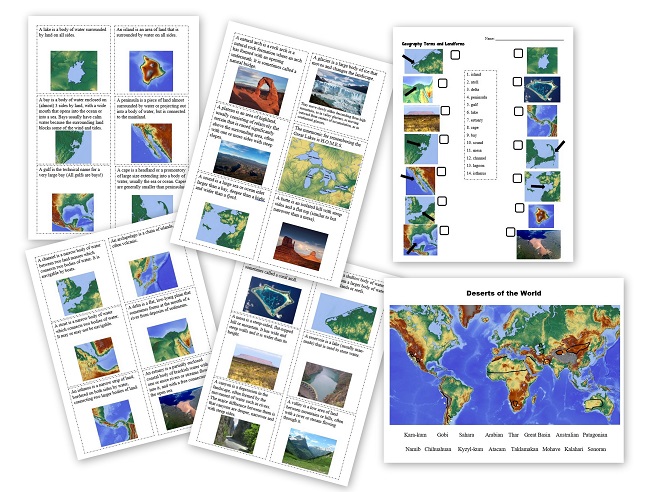
Again, if you are interested in joining our Homeschool Den Newsletter, feel free to subscribe here. The Welcome Series includes 5 packed emails… with tips on homeschooling, keeping motivated, finding various resources and freebies tucked away on the blog and more!
Plus, you’ll be the first to hear about new packets (generally offered at a discount when they are first released), seasonal resources and more!

Happy Homeschooling!
~Liesl
Disclosure: Please note that some of the links in this post are affiliate links, and at no additional cost to you, I will earn a commission if you decide to make a purchase.
